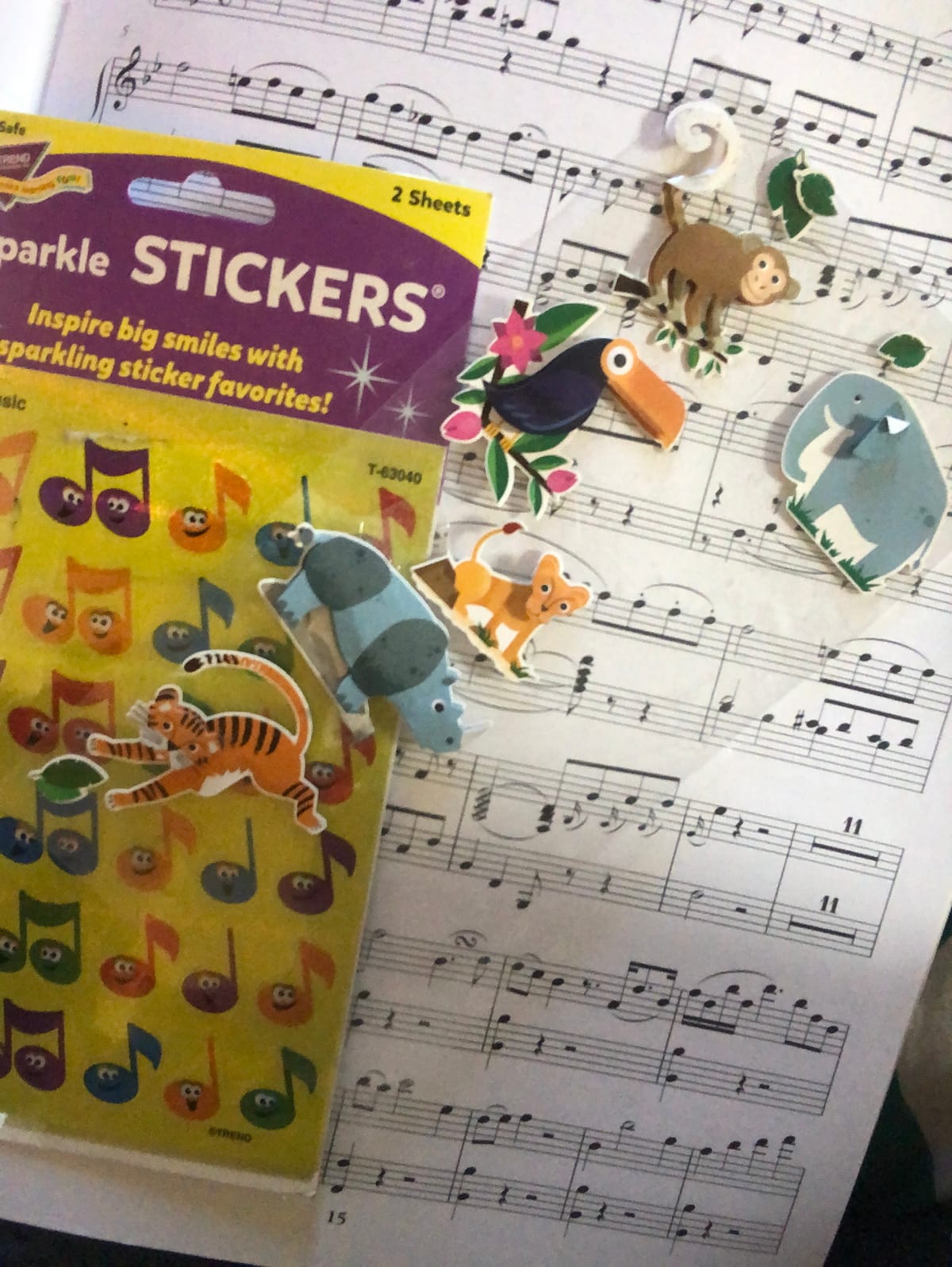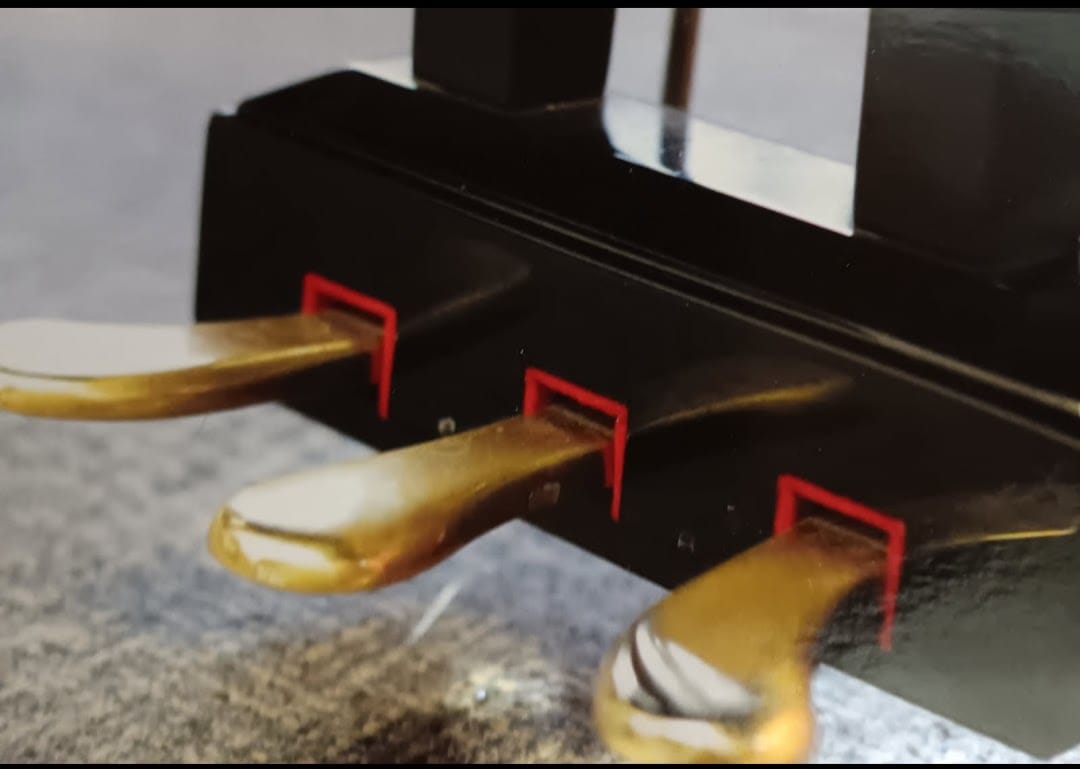Positive reinforcement is the only reinforcement.
For the teachers.

Some of us grew up with teachers who thought that insulting us or hitting us helped spur the creative juices and get us to find that fighting spirit which would come out in the music.
The Piano Instructor is a reader-supported publication. To receive new posts and support my work, consider becoming a free or paid subscriber.
True story.
Instead, it hurt us physically, emotionally, spiritually and creatively, and for some, it has taken a lifetime to heal from that trauma. Some never do, and will never pick up an instrument again because of it.
I have a Master’s degree in Teaching from Wayne State University. This is a strong flex, in that I am formally trained in developing ways to encourage students to love what they do and create art that represents them to the best of their ability.
That’s actually what I have done my entire career—I have developed ways to help students love what they do.
The best way to do that is to encourage, not to berate.
Ready?
Immediately somebody says, “That’s ridiculous! You can’t coddle your students! That’s not the real world! You have to tell the student when the student is doing something incorrect”.
That is absolutely right. You must guide the student so that they don’t hurt themselves or develop habits that do not serve them. The real world will be cruel and horrible.
Here’s the difference, though:
You don’t have to be cruel and horrible.
You can say, “Garrett, try this method to achieve this result” or “Here, let me demonstrate and let’s see if you can do it”.
This is very different from, “Are you ever going to get this, Garrett? Do you even practice? *knocks on the forehead* Gar-rett! Is anyone there? Hello?”
The latter is not an extreme example. That’s happened. And, as hard as this is to read, I’m telling you: there is a teacher out there right now expressing their disgust for their student openly and then is wondering why the student can’t excel.
True story.
So, how do you not be that person? How do you “do” positive reinforcement?
- Love your job.
Everything starts with you. If you're dragging butt getting to the lesson and you’re not on top of things and you have complaints during my lessons, well, I wouldn’t want you as my teacher. I wouldn’t trust you to be a rock-solid optimistic when I feel down, which is exactly what every student needs.
You are your student’s cheerleader. In many cases, it took extraordinary effort, time, money and internal courage to even ask for help on the piano.
Make sure you shine your light so that the student doesn't think they made a mistake choosing you. - Whenever a student does something correct, say so. “That was a nice trill that you did there at measure 38.”
Say it like you mean it, leading with your heart. Let your countenance emanate with joy and pride in your student. Most communication is non-verbal; make sure the You that is you connects with the student so that they leave feeling your happiness. - Stickers. I’m a 50 year old woman and I will practice extra for my teacher if I know that if I did something well I would get a sticker.
My teacher has excellent stickers.
Use stickers. - Be generally nice.
That seems like a no-brainer, but it isn’t.
Being a nice person is so under-rated in education.The results in the student show up when the student is consistent. A student will be consistent if they want to see their teacher.And nobody wants to see anyone for any reason who is mean or is a jerk or is rude or has no manners or is always late or cannot see the bright side in anything.
Love your job. Be nice. Compliments! Stickers!
We teach this.
The Piano Instructor is a reader-supported publication. To receive new posts and support my work, consider becoming a free or paid subscriber.
